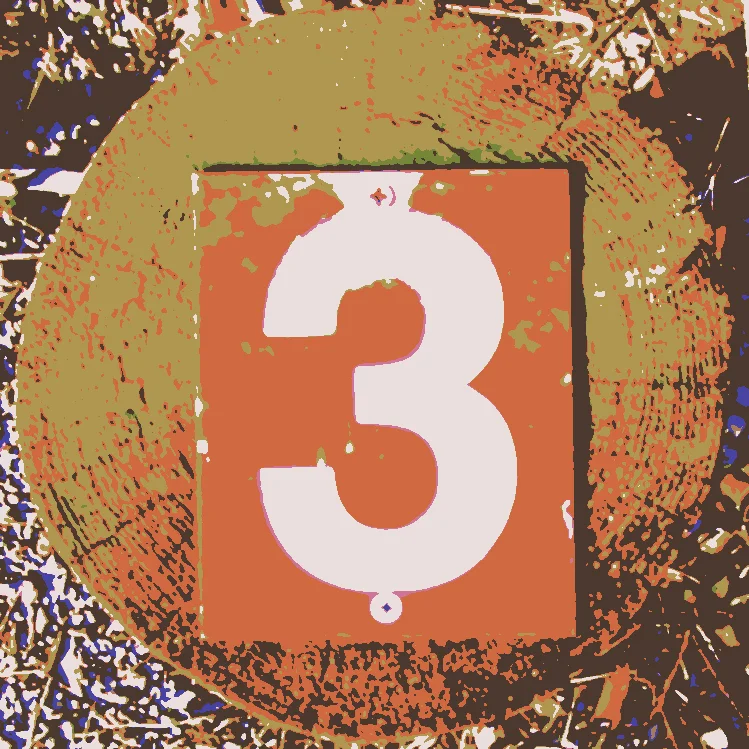The common myth surrounding Round 3 of the MBA application process is that you can't, or shouldn't, apply late in the admission cycle.
"The class is pretty much full" is one refrain.
"You have to be a truly unique applicant" is another.
"Only European programs admit people that late" is yet another.
As with anything, there are bits of truth in these sound bites ... but only bits. Let's work through those 3 statements:
1. The class is pretty much full.
There are a few ways to look at this. The first is to say that Round 1 and Round 2 make up the biggest segment of an incoming class. That is definitely true. However, the other way to examine the timing of all this is to note that in many cases, Round 3 applicants "beat" Round 2 admissions decisions. Meaning: a new batch of applicants comes in the door of the b-school before decisions are sent out on the previous batch. This is done for an obvious reason, which is to generate enough wiggle room in case Rd 3 applicants come in and trump the people who are about to be admitted. So the class is probably just about full ... but a lot of decisions are pending, in case some great people flood in late. Which leads us to...
2. You have to be unique to get in.
This is not true at all. Or, to put it another way, you only have to be as unique as you would have had to be in a previous round. It's not an exotic species contest. What IS relevant is whether you are A) qualified, and B) what the class mix needs. There is no way to predict the second part, of course, but you can certainly take stock of the first bit. A flier in Round 3 is probably not a great way to work through a low GMAT score, but if you have a good profile, you may be exactly what an MBA program needs. Maybe School X is light on females, or marketers, or Canadians. You never know. So you don't have to be "unique" so much as qualified and something they might need more of in the class.
3. Only European programs admit this late.
This one is a bit of a trick statement, because programs in Europe DO tend to admit quite late. But we throw in the "only" to once again state that many U.S. programs keep a sharp eye and/or hold back spots for the later rounds.
Okay, so now that we know there is actually a chance (and a greater one than Mary Swanson gives Lloyd Christmas in Dumb and Dumber), what do you need to do?
Four critical things:
1. Consider the reapplication process.
Even with our rose colored glasses, we still admit that the odds are longer for late rounds, which means you want to be thinking of the reapplication process for those schools. Because the time frame will be shortened between Rd 3 of this year and Rd 1 of next year, you have to really think about what you are doing. Does the school in question let you submit a new application or just a reapplicant question? If it is the latter, you want to make sure that enough "stuff" can happen over the next seven months for you to write about in a "what have you done since your last application" question. If you won't have the ammo there, you may want to hold off on that program. If they do accept new applications though, you can fire away for Round 3 and even strengthen your stated interest in the program.
2. Submit perfection.
If you are eyeing reapplication, you still have to nail the essays and the entire application this time around. Why? Because you are creating a permanent record and file at that school. Even if it is unlikely that your admissions officer will pull up both applications on the first lap around, there is a good chance that at some point, they will want to see how your goals evolved, if you have learned more about the program, are more self aware, etc. So if you are going to seek help from an expert, do it now, before you leave one of this smeared hand prints in the concrete and live to regret it.
3. Explain yourself.
If you are applying late, explain why. You should be hitting "why now for an MBA" anyway, so really nail it here. Tell the reader why this is coming in the door now instead of five months ago. Put them at ease. Don't let them think you are firing off a panic application just because you got dinged at six other schools. Speaking of...
4. Figure out amenable schools by looking downstream.
You can sometimes guess which schools are most open to Round 3 applicants by looking for "downstream" programs. What we mean by that is a school that might get some great late arriving candidates who were dinged or waitlisted at higher ranked programs. Many candidates are either short on time or overly ambitious and so they might only apply to a few schools in Rd 1 or Rd 2, leaving them with no options and a last minute game plan for Round 3. Examples include UCLA Anderson (downstream from Stanford GSB, Darden (downstream from Harvard and Tuck), Texas (downstream from MIT and Haas for tech), Duke (downstream from Kellogg), and Cornell (downstream from a lot of schools). These programs may be sensitive about this, so make sure to have really excellent reasons for applying late (beyond, I got dinged at GSB) and make sure to nail school fit, but you are going to find that these programs probably have a few more slots saved than a place like HBS.
The arms race for consulting help usually starts in April for Round 1 of the next year, but the best value is probably right now. You can get more distance from the field in Round 3 than at any other time and the quality of your work will make a huge difference. To demonstrate our commitment to doing Round 3 right, we have a very unique policy: work with us on a comprehensive package for the late round and we will help you reapply to the same schools free of charge in the fall, should it come to that. View our "Round 3 Guarantee" for complete details.




